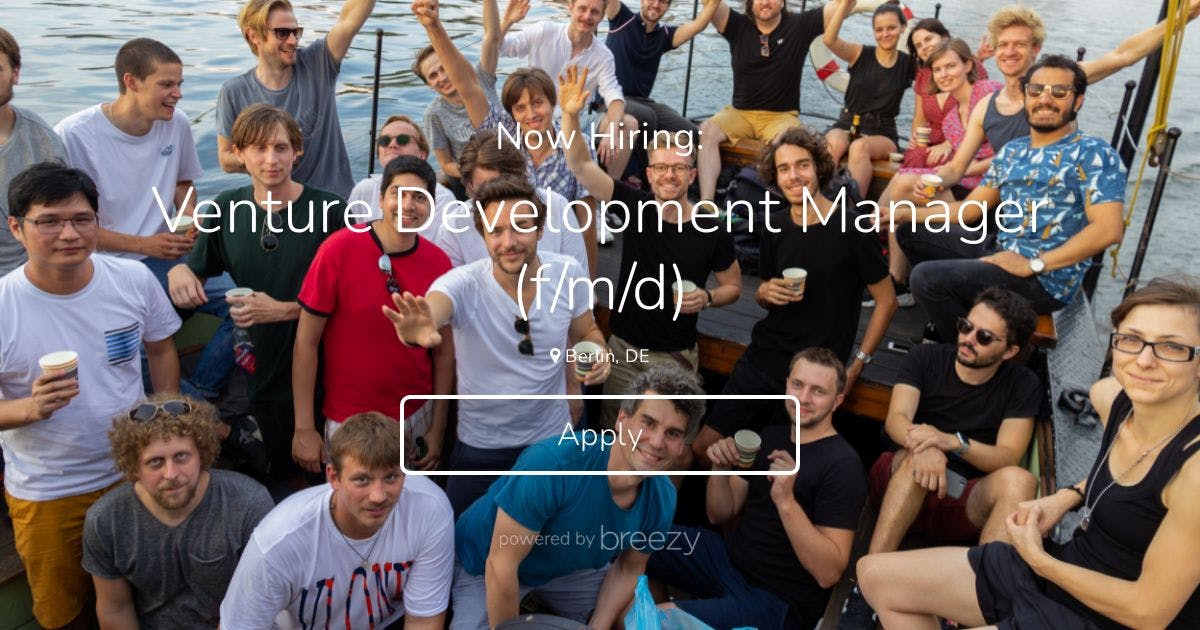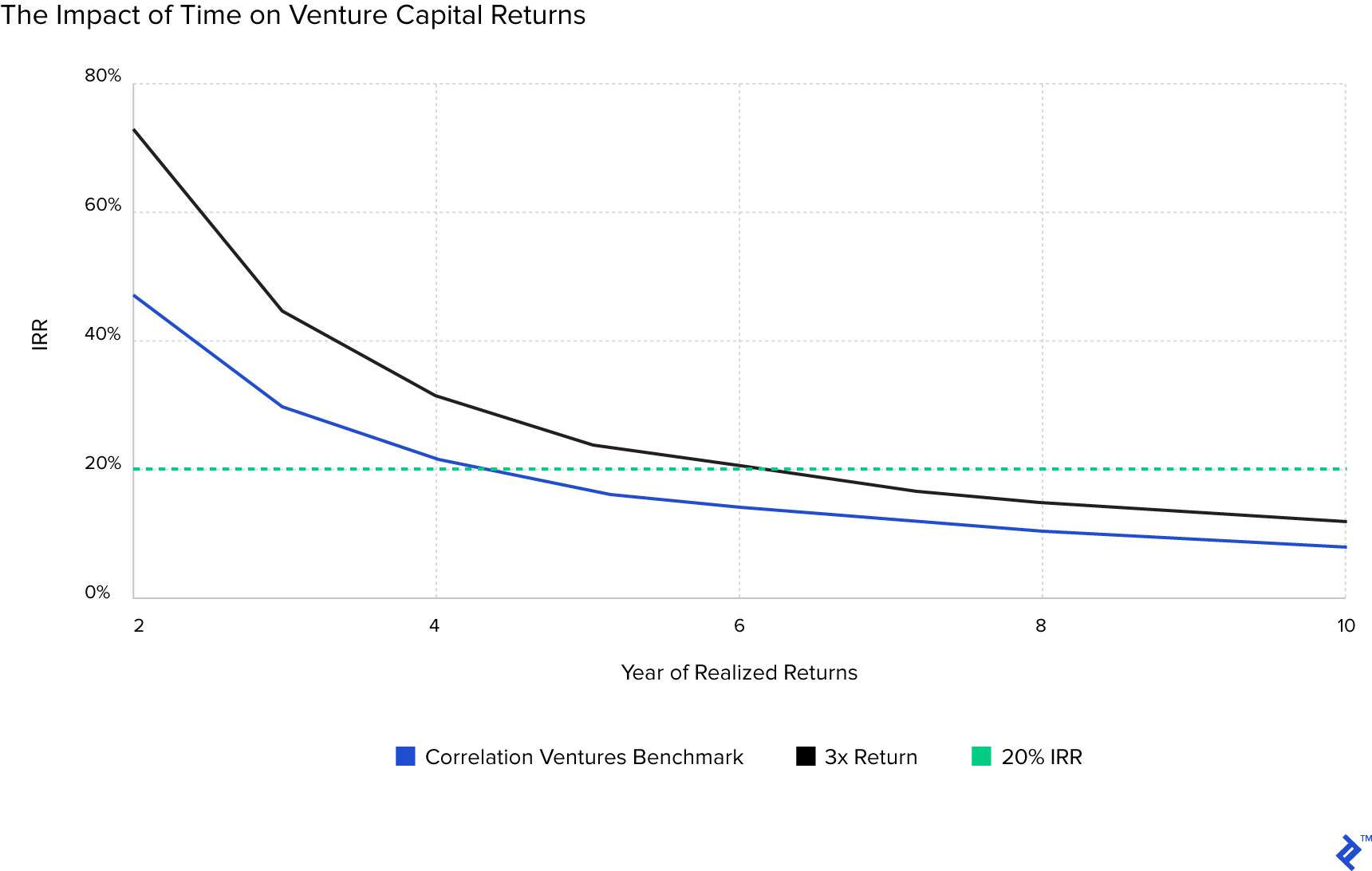
In Texas, American Airlines Group is based in Dallas-Fort Worth, as is the world’s largest company, ExxonMobil. Atlanta is home to Delta Airlines, Coca-Cola Company, UPS, and CNN, and serves as the U.S. Walmart, based in Bentonville, Arkansas, is the world’s largest company by revenue. Looking across this unexpectedly dynamic region, Charlotte, North Carolina, is a major banking center and home to Wells Fargo and Bank of America, among other corporations like Lowe’s, Honeywell, and Duke Energy. The Sun Belt is already home to some of the world’s largest corporations and could benefit further by nurturing a more diverse industrial ecosystem. Indeed, the venture industry needs to capture deal flow to remain profitable and to do this, it must go where the talent is moving. With them, companies have also moved and are taking advantage of lower taxes, like Elon Musk’s now-famous moving of Tesla from Silicon Valley to Austin, Texas, in 2021. During the pandemic, millions of Americans have reportedly moved from the dense economic clusters in the Northeast and coastal California to Sun Belt cities (Southeastern and Southwestern U.S.) that offer more space and a lower cost of living.

The expansion of venture capital to other regions of the country could improve regional economic growth as well as enhance the nation’s global competitiveness. Further, firms that do not receive funding due to a thin local venture market may not be able to realize sufficient economies of scale, limiting their potential contribution to regional economic growth and employment. According to University of Kentucky executive director of technology commercialization Ian McClure (speaking at a September 2021 Renewing American Innovation Project virtual event) the average innovation industry worker in an innovation cluster produced more than a hundred thousand dollars per year more than an average innovation industry worker located elsewhere in the country. This limited access to venture capital appears to hurt regional economic productivity. regions? Companies that want to commercialize new technologies, grow rapidly, create jobs, and hope to build significant businesses need first to raise venture capital, but doing so is harder for entrepreneurs in those regions – like in Detroit or Atlanta, for example – where venture capital investors are scarce. California alone corners half this market, and this is further concentrated around the San Francisco Bay area.ĭoes this concentration of venture capital investment overlook the latent dynamism of other U.S. This clustering effect by venture capital was reinforced by Sequoia in the 1980s, when it set the tone for the technology investing industry with a Silicon Valley-first mantra: “if we can’t ride a bicycle to it, we won’t invest.” Today, 75 percent of venture capital dollars are invested in three states: California, New York, and Massachusetts. To a large degree, the range of venture capital investors has dictated the geography of innovation. Overall, though less than 1% of new firms receive venture capital’s backing, they account for about 50% of companies that make it to an initial public offering and about 90% of research and development (R&D) spending by companies that go public. Long mythologized as heroes in the United States’ entrepreneur-obsessed culture, venture capitalists play a vital role in identifying and providing advice and funding – from early-stage and expansion through to late-stage and acquisition – for some of the world’s most innovative firms. What are the implications of this shift for the geography of innovation in the United States? As the U.S.’s large cities have seen more and more knowledge workers move to fulltime remote work that allows them to be anywhere, some industry experts have even predicted the end of highly concentrated knowledge clusters like Silicon Valley. But the COVID-19 pandemic is disrupting the way that Americans live and work. A major factor reinforcing this concentration has been the availability and range of venture capital firms. In the U.S., technological innovation has traditionally clustered in regions such as the San Francisco Bay Area and the Boston-New York-Washington Corridor.

Responding to Egregious Human Rights Abusesīroadening Venture Capital's Reach to Spur Innovation in the American Heartland.Building Sustainable and Inclusive Democracy.

Family Planning, Maternal and Child Health, and Immunizations.Energy, Climate Change, and Environmental Impacts.Weapons of Mass Destruction Proliferation.Defense Industry, Acquisition, and Innovation.Intelligence, Surveillance, and Privacy.


 0 kommentar(er)
0 kommentar(er)
